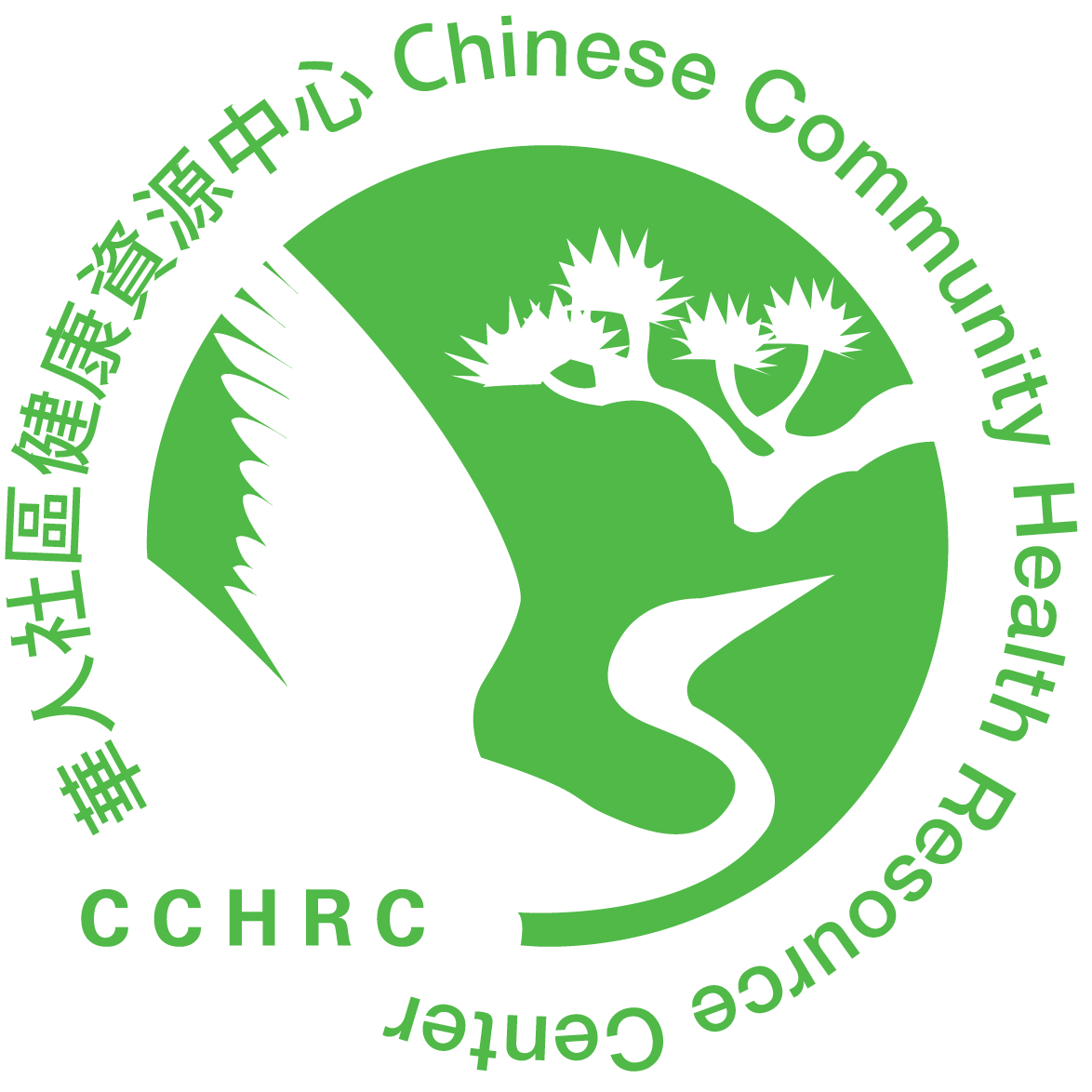What is Non-Hodgkin Lymphoma?
Definition: Non-Hodgkin lymphoma (NHL) is a type of cancer that begins in the lymphatic system, which is part of the body’s immune system. This cancer affects the lymphocytes, a kind of white blood cell that helps fight infections.
Types: There are many different types of non-Hodgkin lymphoma. Some grow slowly, while others grow quickly. The two main categories are:
- B-cell lymphomas: These are the most common and affectingB-lymphocytes.
- T-cell lymphomas: These are less common and affecting T-lymphocytes.
What Causes Non-Hodgkin Lymphoma?
Causes: The exact cause of non-Hodgkin lymphoma is not fully understood. However, certain factors may increase your risk, including:
- Weakened immune system
- Certain infections (like HIV or Epstein-Barr virus)
- Family history of lymphoma
- Exposure to certain chemicals or radiation
What Are the Symptoms?
Symptoms of Non-Hodgkin Lymphoma
- Swollen Lymph Nodes: Painless lumps in the neck, armpits, or groin.
- Fever: Persistent or intermittent fever without a clear cause.
- Night Sweats: Heavy sweating during the night, soaking pajamas or bedding.
- Unexplained Weight Loss: Losing 10% or more of body weight without trying.
- Fatigue: Unusual tiredness or weakness that doesn’t improve with rest.
- Itchy Skin: Unexplained itching, which may occur without a rash.
- Abdominal Pain or Swelling: Discomfort or bloating in the abdomen due to swollen lymph nodes.
- Coughing or Breathing Difficulties: Coughing or trouble breathing if lymph nodes in the chest are affected.
- Increased Susceptibility to Infections: Getting sick more often due to a weakened immune system.
When to See a Doctor
If you experience any of these symptoms, especially if they persist or worsen over time, it’s important to consult a healthcare provider for further evaluation and diagnosis. Early detection can be crucial in managing non-Hodgkin lymphoma effectively.
How is Non-Hodgkin Lymphoma Diagnosed?
Diagnosis: To diagnose non-Hodgkin lymphoma, healthcare providers may perform several tests, including:
- Physical exam to check for swollen lymph nodes
- Blood tests to look for signs of lymphoma
- Imaging tests (like CT scans or MRIs) to see inside the body
- Biopsy to remove a lymph node or tissue sample for testing
How is Non-Hodgkin Lymphoma Treated?
Treatment Options: The treatment for non-Hodgkin lymphoma depends on the type and stage of the disease. Common treatments include:
- Chemotherapy: Uses powerful drugs to kill cancer cells.
- Radiation therapy: Uses high-energy rays to target and destroy cancer cells.
- Targeted therapy: Uses drugs that specifically target cancer cells without harming normal cells.
- Immunotherapy: Helps the body’s immune system fight cancer.
- Stem cell transplant: Replaces damaged bone marrow with healthy stem cells. Maybe an option for some patients, especially after high dose chemotherapy.
Prognosis:
- The prognosis for NHL varies widely depending on the type, stage at diagnosis, and individual patient factors.
- Early diagnosis and treatment can significantly improve outcomes.
What Can You Do to Stay Healthy?
Follow Your Treatment Plan: If you are diagnosed with non-Hodgkin lymphoma, it is important to follow your healthcare provider’s recommendations.
Stay Informed: Learn about your specific type of lymphoma and ask questions to understand your treatment options.
Eat Healthy: A balanced diet can help support your body during treatment. Focus on fruits, vegetables, whole grains, and lean proteins.
Stay Active: Regular exercise can help improve your energy levels and overall well-being.
Conclusion
Non-Hodgkin lymphoma is a serious condition, but understanding it can help you or a loved one navigate the challenges. With the right information and support, you can take steps toward managing your health effectively.
For More Information
- Visit the Lymphoma Research Foundation
- Talk to your healthcare provider if you have questions or concerns about non-Hodgkin lymphoma.
Copyright @ 2025 Chinese Community Health Resource Center
If you would like a copy of this health article, please click on the PDF button in the language you prefer. To view the PDF document, you’ll need Adobe Acrobat, which you can download here.
Bilingual:



